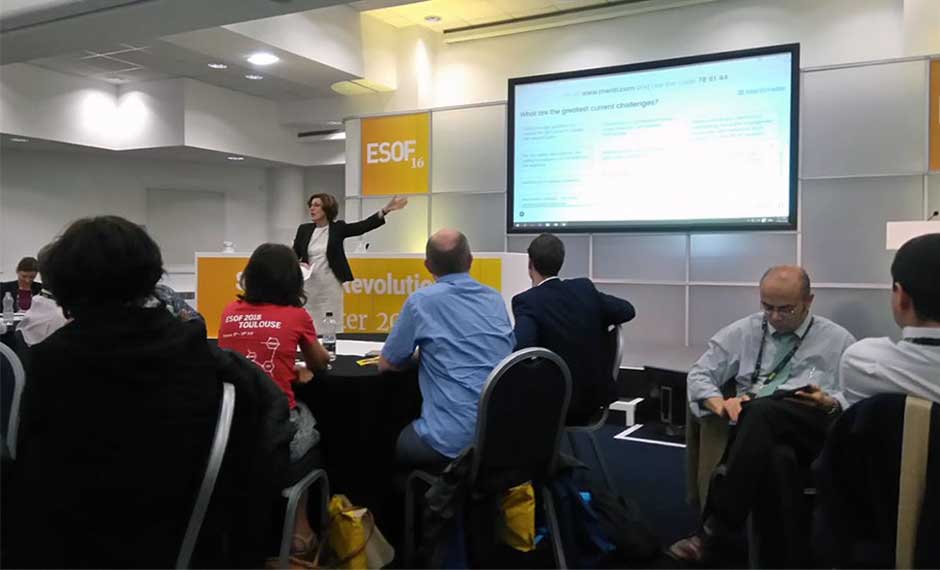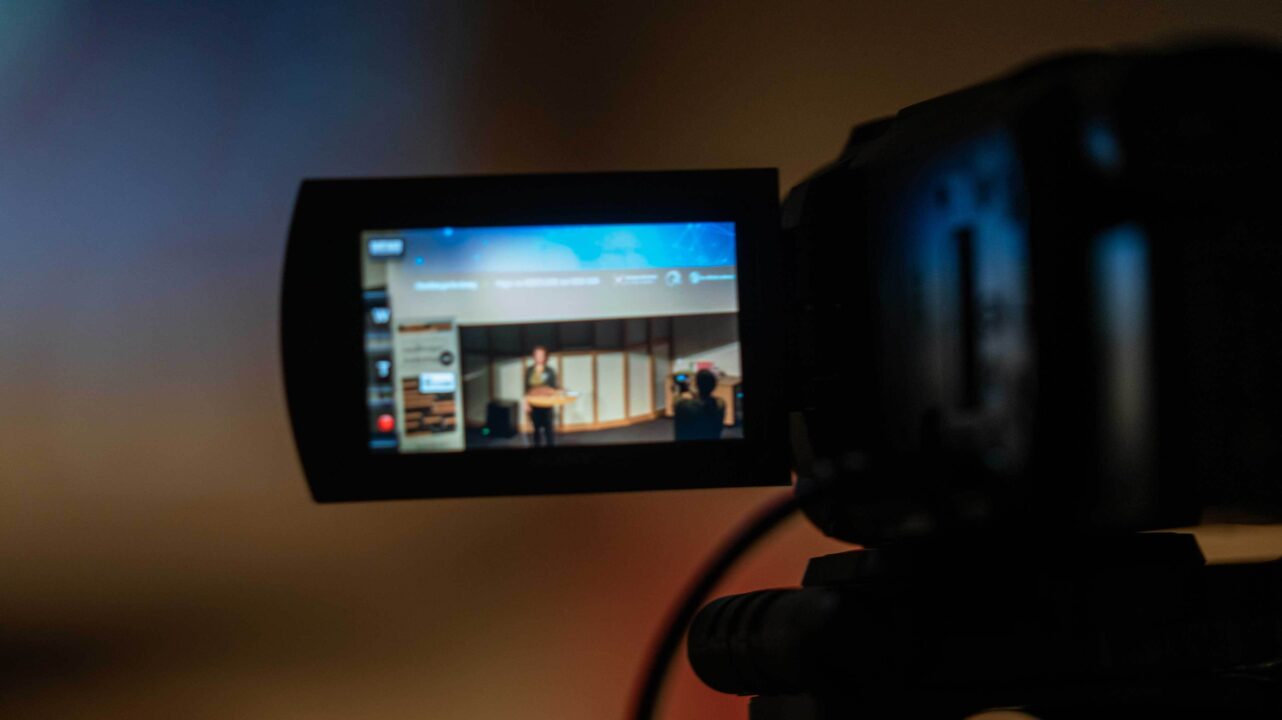At a lively session at the EuroScience Open Forum 2016 (ESOF), a diverse international audience of some 80 communicators, researchers and professionals voted that making science a part of wider culture the biggest opportunity for public engagement.

The session, led by UK broadcaster and journalist Vivienne Parry, asked ‘What is the point of public engagement?’ and gave participants the opportunity to share their views through an interactive voting system. The session was organised by VA (Public & Science) in Sweden1 and the Royal Institution of Great Britain2 and the discussions facilitated by representatives of science communication organisations from across Europe3.
Attendees were first asked their views on the benefits of public engagement. Answers ranged from the ability to empower citizens with the knowledge to make informed choices about their lives, to sharing the excitement of science and the process of discovery. The importance of two-way dialogues was stressed, as it was felt that researchers can also learn from discussing their work with the wider public. Democracy and legitimacy were mentioned by many participants, as much research is publicly funded, scientists have a duty to communicate it to the taxpayers that fund it.
The challenges that participants faced doing public engagement were discussed next. The top suggestions were put to a vote, and the delegates agreed that getting acceptance of public engagement as a professional activity was the biggest obstacle, getting 16% of votes. Some shared stories of having to keep outreach work secret for fear of hurting their academic careers. The next biggest obstacle was reaching diverse audiences; capturing the imaginations of people who think science is ‘not for them’. Participants also cited institutional barriers, such as funding and evaluation, as a major concern.
Finally the delegates were asked about the trends and opportunities in public engagement. Including science in wider cultural activity was the top suggestion with 19% of votes. Examples such as science tents at music festivals showed the popularity of science with audiences that wouldn’t think of themselves as being ‘science fans’. New forms of digital engagement was voted the second biggest opportunity and citizen science projects, such as Galaxy Zoo and mass experiments involving Swedish pupils as part of European Researchers’ Night, came third.
The session took place at ESOF, a biennial, pan-European, general science conference dedicated to scientific research and innovation. ESOF brings together leading thinkers, innovators, policy makers, journalists and educators from more than 90 countries, to discuss current and future breakthroughs in contemporary science. ESOF 2016 was held between 23 and 27 July in Manchester, UK. The session was supported by Riksbankens Jubileumsfond – the Swedish foundation for humanities and social sciences.
The complete results of the voting that took place during the session can be viewed above or by using the following links:
- How would you describe yourself?
- What are the benefits of public engagement?
- What are the greatest current challenges?
- Rate the challenges
- What are the trends and opportunities?
- Rate the trends and opportunities
At ESOF VA also ran, together with the National Centre for Learning in Science, Technology and Health in Denmark, a panel discussion on Local impact, national and global reach: lessons from Scandinavia.
Footnotes
1 a non-profit civil society association aimed at promoting dialogue and openness between the public and researchers.
2 an independent charity based in London, dedicated to connecting people with the world of science.
3 Astra (the National Centre for Learning in Science, Technology and Health), Denmark; Intersection, Serbia; the Royal Institution, UK; Science Centre AHHAA Foundation, Estonia; EuroScience; Observa Science in Society, Italy; La Caixa Foundation, Spain; Wissenschaft im Dialog, Germany; VA (Public & Science), Sweden.


Something I find very interesting is that no one described themself as coming from the media.
Something I find very interesting is that no one described themself as coming from the media.